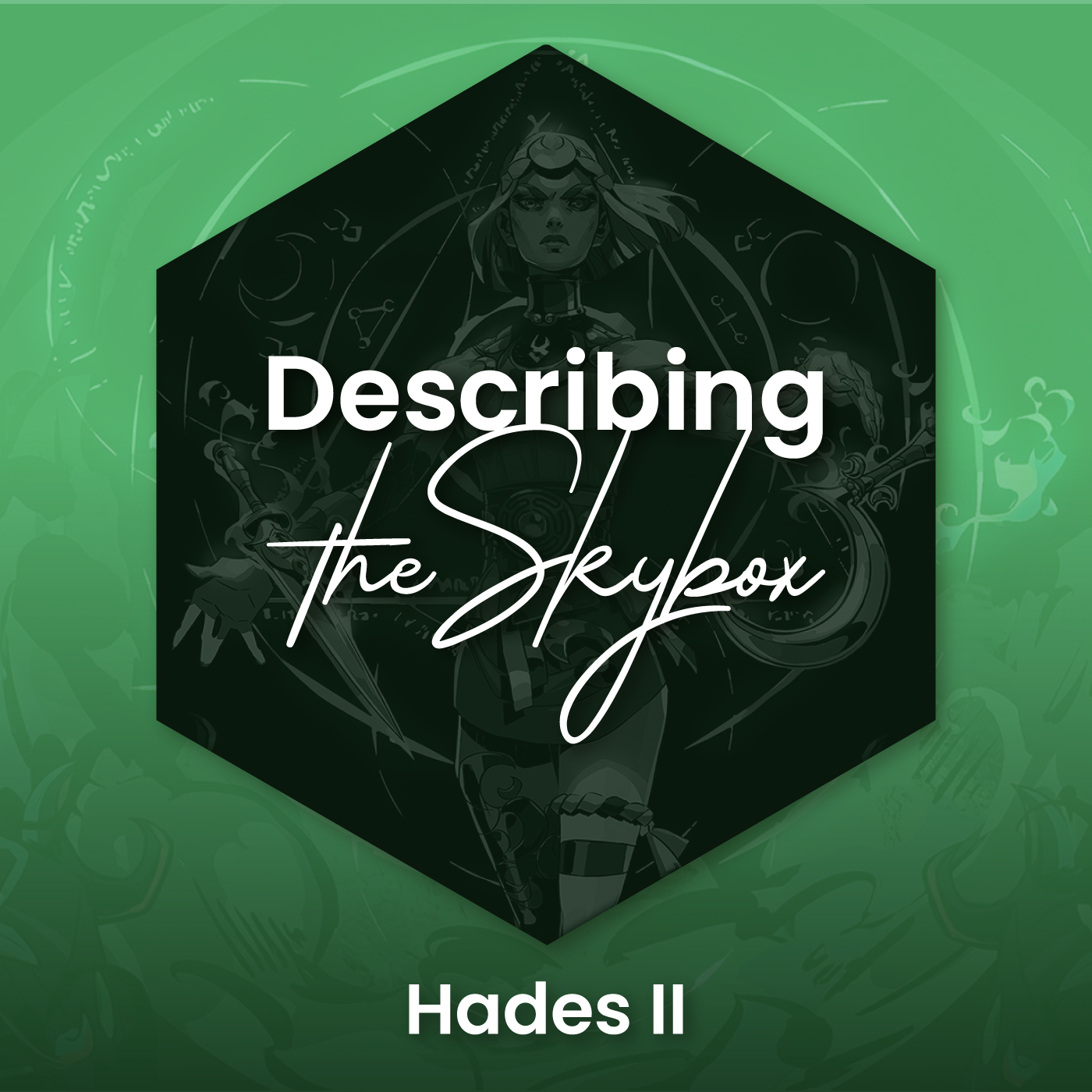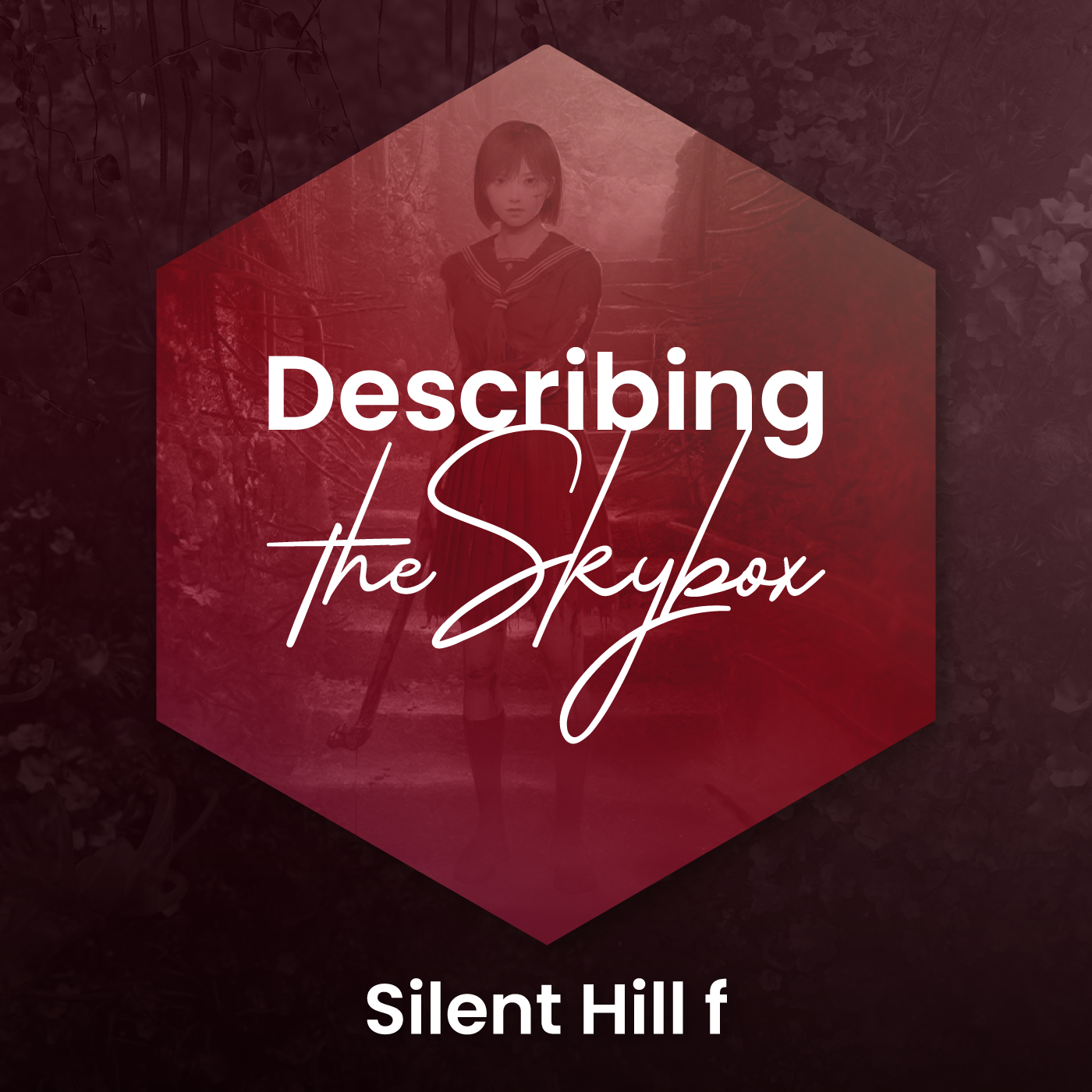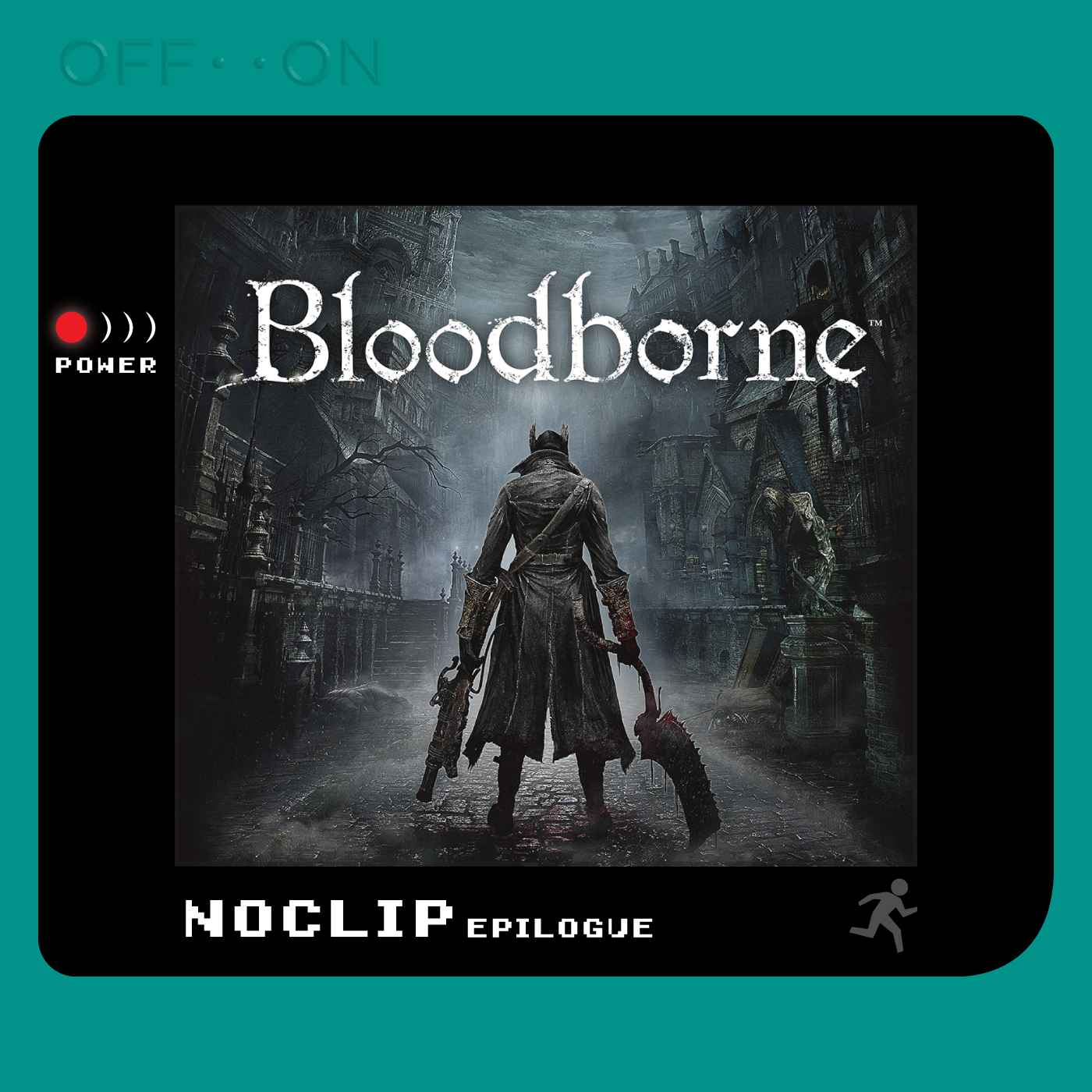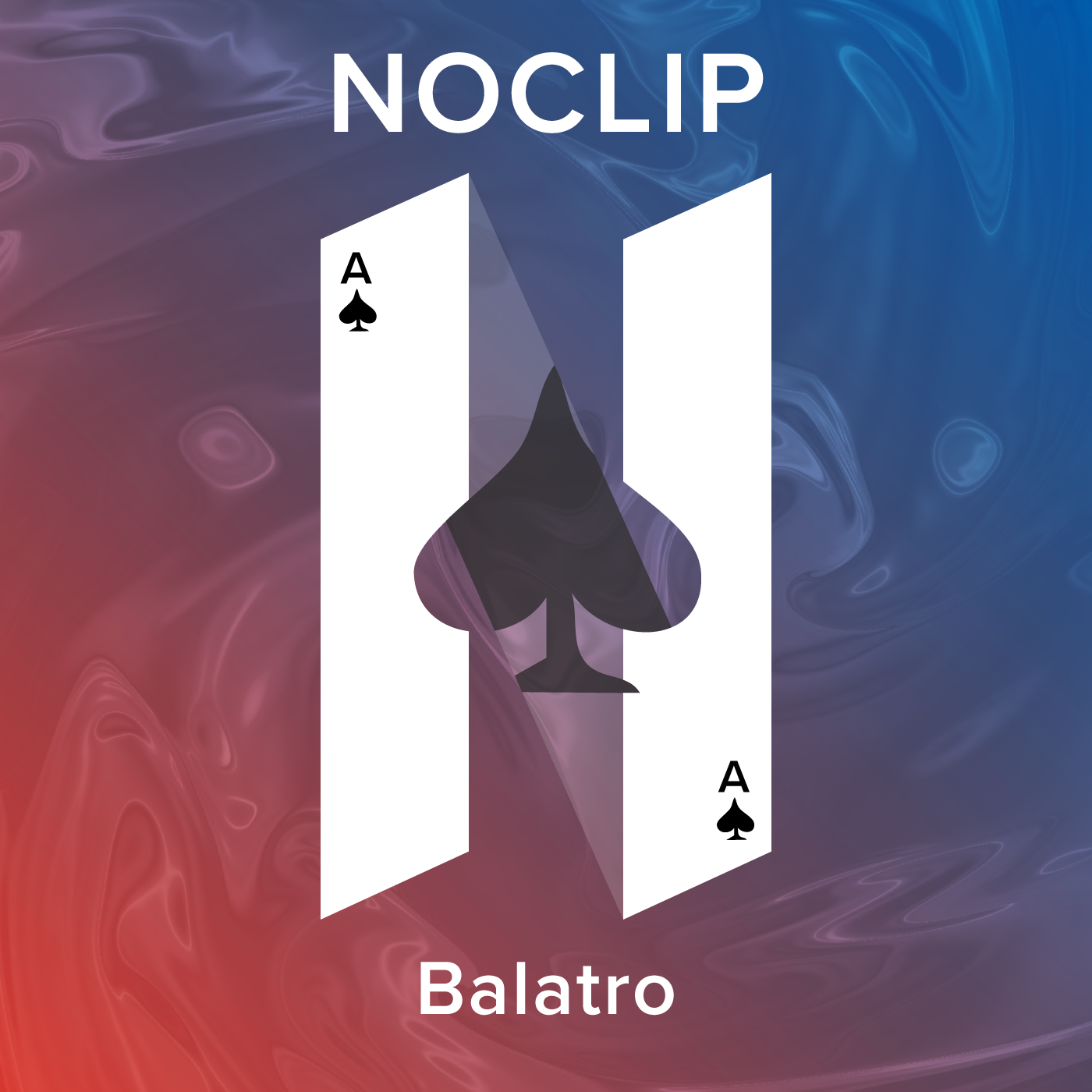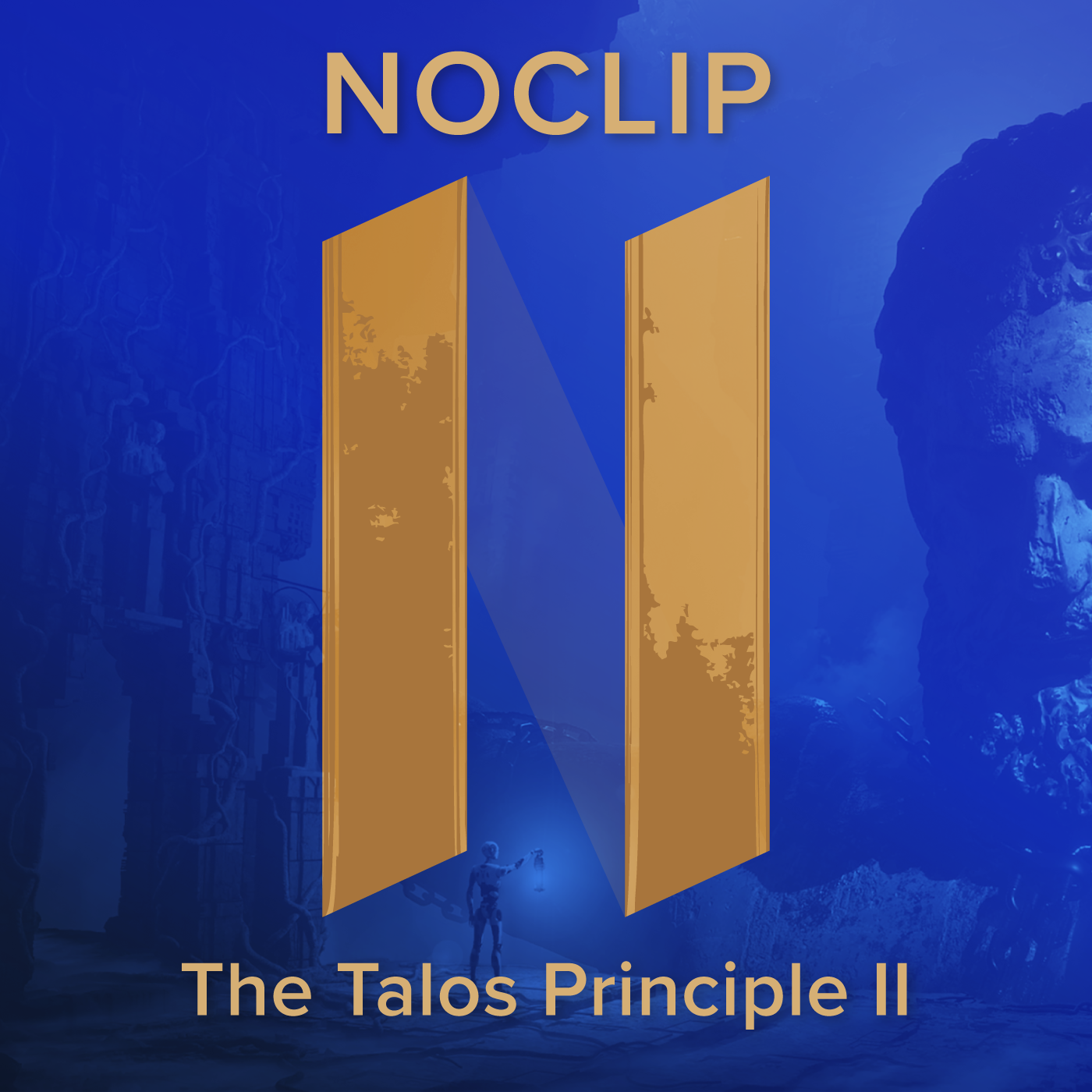My podcast’s come alive.
Welcome back to the podcast! Today, we’re going to be talking about Hades II, the sequel to one of the most popular roguelikes of all time and the first sequel that Supergiant Games has ever made. And I for one am happy about that because I needed an excuse to play hundreds more hours of Hades. Hades II is very much a game that can be described as “the first game, but more” which could be a good or a bad thing depending on what you’re looking for, but what’s surprising is just how much more it actually includes. With two full routes to take and a suite of new weapons and gods, it has a ton of things to try and do mechanically, but also just enormous volumes of dialogue and numerous NPCs, making it feel like you’ll never run out of new things to see. We’re going to be talking about our favorite weapons and builds, the unique narrative position this game put itself in, and we talk about what kind of menacing grandpa Chronos is.
Thank you for joining us again this week! This is one of those episodes that I felt I was slightly overprepared for, so we ended up going deeper into some subjects than we normally do but then also skipping over some stuff that a newer player would probably be thinking about. Let us know if this spoke to literally any part of your experience with the game by leaving a comment or over on our Discord! Next time, we’re going to be talking about Everhood, so we hope you’ll join us then.


